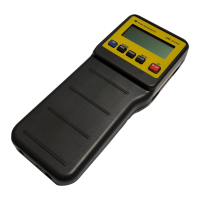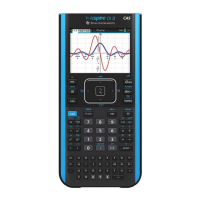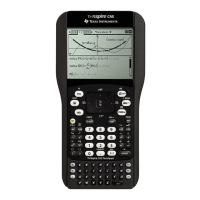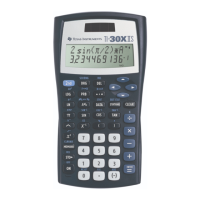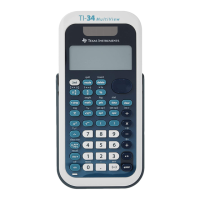48 CBLé System Guidebook
Equation Order
This parameter lets you specify the equation order (m,n) for equation
types 1 and 2 to use in the conversion equation. There will be 0, 1, or 2
integers required here depending on the presence of m and/or n in the
equation.
1
2
Use one integer when n>0, m=0 as in Equation Type 1 (n=1–9).
Use two integers when m>0, n>0 as in Equation Type 2. The first
integer is m (0–4), the second integer is n (0–4), and m+n>0
(m and n cannot both be 0).
Note: For Equation Types 3–12, there is no Equation Order field. The
next field after Equation Type is Constants.
Constants
This parameter lets you specify the constant values to use in the
conversion equation. The number of constants is determined by the
Equation Order parameter for Equation Types 1 and 2.
K
0
...K
n
K
-
m
...K
n
Real numbers (Equation Type 1)
K
-
m
...K
n
Real numbers (Equation Type 2)
Units Display
This parameter lets you specify the type of units to show in Section 5 of
the display (page 14) following the conversion. (Default:
0
)
0
1
2
3
None
Display
°F
to show units in degrees Fahrenheit
Display
°C
to show units in degrees Celsius
Display
K
to show units in Kelvin
Example: Conversion Equation Setup Instruction
Assume your experiment is measuring the resistance of a Cadmium
Sulfide (CdS) photoresistor in which the relationship between I
(illuminance in Lux) and R (resistance in Kohms) is approximated by the
equation I = 2750R
L
1.3
.
This equation is a Type 3 equation, power, K
0
X
(K
1
)
, where K
0
= 2750 and
K
1
= L1.3.
{4,1,3,2750,
L1.3}
4= Conversion Equation Setup command.
1= Set up equation 1 (for
CH1
).
3= Set equation type to Power.
2750,L1.3= Set constants.
Set K
=2750
Set K
1
=L1.3
